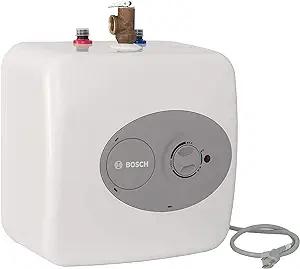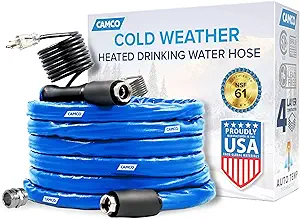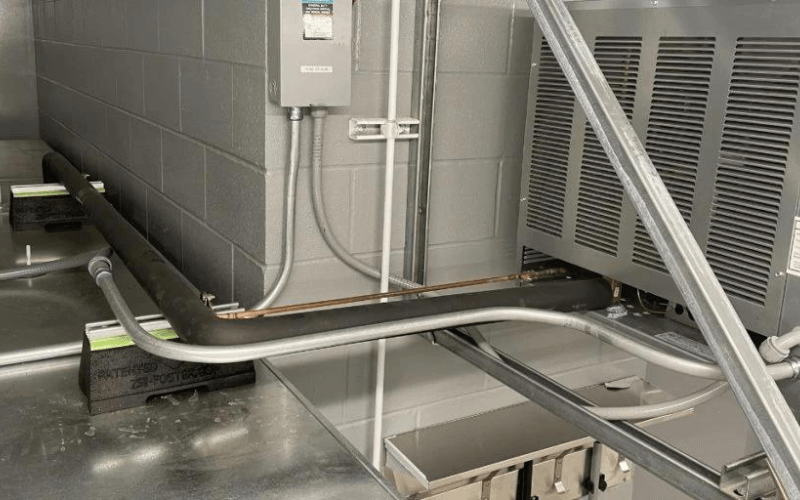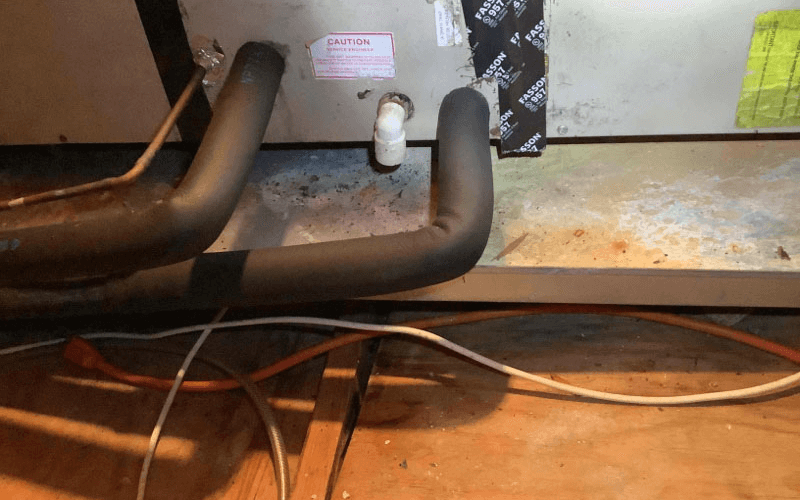Your water heater is either built to warm the water in a storage tank and keep it ready for use when needed, or it is designed to “heat on demand,” meaning it heats and delivers hot water as needed. Every home needs a water heater, whether powered by gas or electricity. It delivers the hot water we need for daily tasks like showering and dishwashing.
If your water heater constantly turns off, it can cut off your hot water supply and leave you without heat. This is a typical problem in many households, particularly those with gas water heaters. If your water heater is built to generate a huge amount of hot water quickly, the situation may be substantially worse. Why does the pilot light on my water heater continually go out? The most typical cause of your water heater’s pilot light turning out is a damaged, fractured, or filthy thermocouple.
Table of Contents
ToggleWhat Is A Pilot Light?
A tiny, constantly burning flame known as a pilot light starts furnaces and other gas appliances such as water heaters.
Reasons:
The following explanations explain why you should switch off the heater:
| Image | Product | Features | Price |
|
Best Seller

|
Bosch Electric Mini-Tank Water Heater Tronic 3000 T 2.5-Gallon (ES2.5) |
Eliminate Time for Hot Water – Shelf, Wall or Floor Mounted |
$231.99
|
|
Best Seller

|
Camco 25-Ft Heated Water Hose for RV – Water Line Freeze Protection Down |
|
$109.98 |
|
Best Seller

|
Camco Hot Water Hybrid Heat Kit – Easily Converts Any 6 |
|
$101.60 |
|
Best Seller

|
Ecosmart POU 3.5 Point of Use Electric Tankless Water Heater |
Electric Tankless Water Heater, 3.5KW@120-Volt, 6 x 11 x 3 Inch |
$182.18 |
|
Best Seller

|
Ecosmart ECO 24 24 KW at 240-Volt Electric Tankless Water Heater |
Tankless Water Heater with Patented Self Modulating Technology |
$570.34
|
Faulty Thermocouple:
Your pilot light’s thermocouple, a copper rod, senses when it’s burning. It is a safety feature that will shut down the heater’s gas supply if your water heater pilot light goes out. Due to natural wear and tear, a thermocouple can get bent out of position, malfunction, become damaged, or coated in dirt or a build-up of carbon. In any of these scenarios, the thermocouple will be unable to accurately sense the pilot light and consequently stop the heating operation.
Strong Breeze:
It is not unlikely for excessive wind or a nearby draft to extinguish your pilot light flame. If your pilot light has simply been blown out, you should have no problem retaining the flame when you relight it.
Also, Read: How to Tighten Drain Valve on Water Heater?
Kink In The Flex Tube:
Flex tubes supply fuel to the gas controller. A kink or twist in the tubing will prevent the gas from flowing and cause pilot light problems.
Main Control Valve:
In rare cases, a problem with the main control valve can cause a pilot light to go out. All other possibilities should be ruled out before considering this as a possible cause. If the main control valve has gone bad, you’ll need to replace it.
A pilot light that won’t stay lit is frustrating. Not only does it prevent the water heater from operating correctly, but it can interrupt your workflow or business operations. If your pilot light won’t stay lit, call a plumber to diagnose and fix the problem.
Soot Buildup:
Soot buildup is another common issue that can cause a water heater to turn off. Over time, soot can accumulate on the burner and other components, disrupting their function. Regular cleaning and maintenance can help prevent this issue.
Dirt And Clogs:
Water heaters may turn off as a result of dirt or a buildup of dirt that leads to clogs, which is why it’s important to get your yearly water heater clean during your water heater maintenance appointment. A dirty pilot light may go out, a dirty thermocouple may stop working, and other dirty parts may interfere with your water heater’s function.
Clogs are a bigger problem. A clogged thermocouple is the most common problem that causes shutdowns. This part of the water heater can turn the whole water heater off if it can’t sense heat from the pilot light.
Electrical Problems:
Your water heater may be turned off because it is short-circuiting or because it has other electrical problems. Such damage may have developed from water damage, impact or wear and tear. This is also a problem that’s better left to the professionals.
Gas Supply:
If your water heater is a gas appliance, there needs to be a flow of gas to the pilot for it to stay lit. If it’s not receiving enough gas, the pilot light won’t stay lit. You should also ensure that the valves on the line are open so that gas is getting to the pilot light.
Also, Read: Does An Electric Water Heater Have A Pilot light?
A Kinked Thermocouple:
Cleaning your thermocouple is only the first step. The following important task is to check its position and whether it has become kinked. The thermocouple must be relatively close to the pilot light to receive heat and generate an electric current.
If it’s too far away, no signal is sent, and the gas valve is closed, resulting in a lack of hot water. To prevent this from happening, physically straighten and adjust the thermocouple such that it only touches the blue flame of the pilot light.
The Light Pilot:
A gas water heater’s pilot light may be too tiny due to low gas pressure. Check to discover whether your gas company is giving you the appropriate amount of fuel; the issue might be with the water heater itself.
Lack of Combustible Air:
A failing pilot light could be due to insufficient combustible air.
Solutions:
- A thorough cleaning ought to solve the problem. Gently clear the tube of blockage with a thin needle. Keep the tunnel clean until it opens. You must exercise patience. It may be necessary to clean some pilot tubes multiple times because of their extreme dirtiness. After finishing, replace it and light your water heater. The flame ought to be constant and blue.
- You will once more need to clean. First, allow the thermocouple to cool before closing the main gas supply valve. Use a fresh piece of sandpaper to remove all the debris and filth.
- Turn off your heater, turn off the gas supply, and wait for the thermocouple to cool. The thermocouple must be manually bent or straightened back into place. It must be sufficiently near the pilot light so that it contacts or encircles the blue flame.
- Make all of the flex tube’s kinks straight. It’s a good idea to search for any obvious damage that could result in gas leaks. Less gas will get to the burner as a result of Gas Leaks. It could be the cause of the intermittent outages or flickering of your furnace’s pilot light.
- Turn off your water heater right away, then give a specialist a call. Do not tamper with the electrical system, please.
Conclusion:
Water heaters are a crucial piece of equipment. A water heater that continually shuts off can be very inconvenient, but you can troubleshoot and fix the problems more skillfully if you have a greater awareness of the common problems that might lead to this issue. Make sure you maintain it properly for effective operation.
FAQs:
Why does releasing the pilot button cause my pilot light to go out immediately?
When you release the pilot control knob, the flame will extinguish immediately because the probe won’t be able to detect the heat from the flame if you attempt to relight a pilot light and the thermocouple is bent in a way that prevents it from making contact with the pilot light.
What symptoms indicate a malfunctioning thermocouple?
The source of a pilot flame that ignites but extinguishes upon releasing the gas control knob could be a dirty or malfunctioning thermocouple. The most likely cause of a non-igniting flame when the gas is on is a pilot tube clog. To clear the gas valve, remove the pilot tube and use compressed air.





















